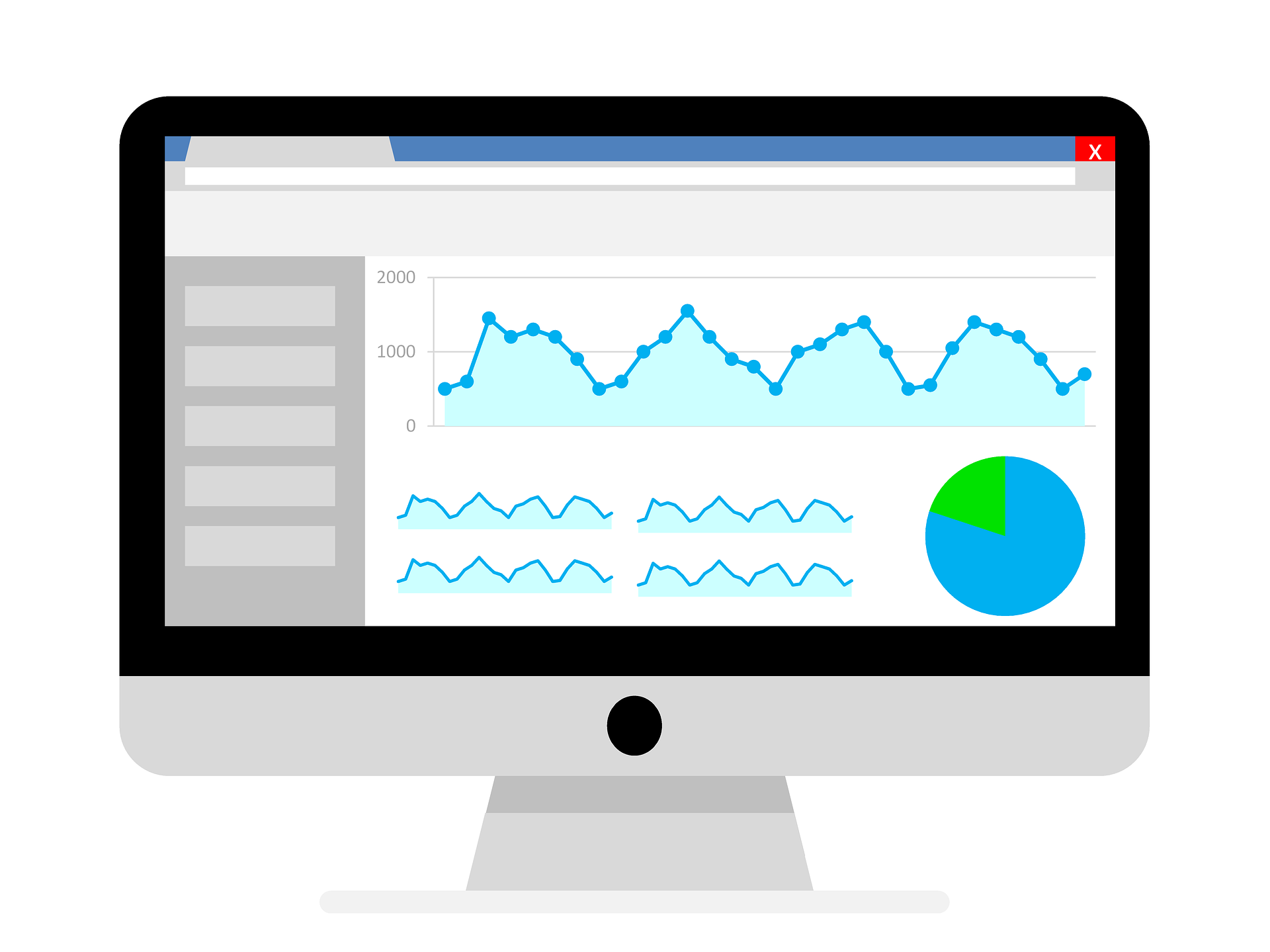How Webfitters Uses Google Analytics to Better Your Website Performance

Your website is not a “set it and forget it” tool. It’s a living marketing mechanism, meant to be constantly improved and optimized. This includes measuring your performance and making adjustments based on what the data reveals.
At Webfitters, our clients with ongoing retainer work (SEO, social media, Google ads, etc.) receive a website performance report every single month. These reports give you detailed information that can help you build your marketing strategy. Your website is the center of your marketing solar system, and all other marketing efforts should point back to it. User data from your website can help you determine your target audience’s demographics and trends so you can decide how to improve your website and marketing strategy.
What We Look For
Every organization has its own goals for how its website should perform, of course, but there are a few high-level metrics that we analyze:
- New users vs. returning users
- Time spent on each page and the website as a whole
- Bounce rate (percentage of users who leave after viewing just one page)
- Referral traffic (other sources that sent users to your site)
- Pageviews
Some website analytics reports are more in-depth, measuring stats like:
- Conversion tracking (user actions after seeing your content)
- Custom events (actions we track based on your goals)
How This Helps You
While this may seem like an overwhelming amount of data, we always put these metrics in the context of your overall goals. For example, if you’re trying to build brand awareness, we’ll highlight the number of new users coming to your site. If your goal is to retain existing users, we’ll keep an eye on the traffic that is generated from returning users.
We also note metrics that tend to look different, depending on your industry. For example, banks tend to have a high “bounce rate” because most users just visit the online portal and don’t spend a ton of time clicking around the bank’s website. Generally, we like to see bounce rates at 40-50% but in the case of a bank, we aren’t as concerned about that number.
By keeping an eye on your website analytics every month, you’ll also be able to analyze other factors that affect the user experience. These include:
- “404 Not Found” error messages that indicate broken links
- Page load speed
- Pages with high bounce rates, which may indicate people aren’t finding the information they seek
We’ll also suggest website improvements, based on what the data tells us!
For example, if your page clicks are all over the place, we can add a “site search” feature. This will reveal what users really want to know when they are on your site. If some common searches aren’t addressed, this might mean it’s time to beef up your content or make that content easier to find.
If your web provider isn’t getting you the kind of usable data you need, get in touch. We’d love to talk to you about what we provide at Webfitters!

